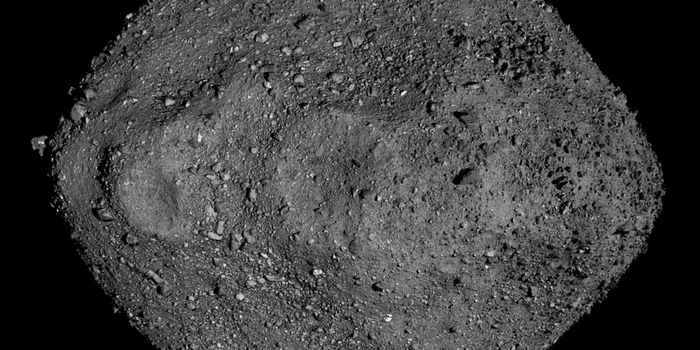First Detection of a Compact, Massive Triple Star System
Two researchers at the Niels Bohr Institute at the University of Copenhagen are studying an usually compact system of three stars, possibly the first of its kind ever detected, known as TIC 470710327. The star system consists of a binary set of stars – or two stars that orbit each other – and one massive star which orbits the binary system. Tertiary – or three star – systems have been observed before, but this is the most massive one ever observed. Additionally, the massive stars in this triple system are extremely close together – or in a compact system.
The initial discovery of this unusual system of stars was actually made by amateur astronomers! These amateur astronomers were examining a public data set from NASA’s Transiting Exoplanet Survey Satellite (TESS) when they stumbled upon data that looked a little out of the ordinary. They then alerted professional astronomers to the anomalies that they observed who inspected the detection more closely and discovered that what was originally believed to be two stars was actually three!
The researchers were curious about this system and how the unique combination of a binary set of stars with a larger star orbiting the binary system formed. The results of their investigation have been published in the Monthly Notices of the Royal Astronomical Society Letters. They found that the orbital period of the binary system is approximately one day, and the combined mass of the two stars in the binary system is about 12 times the mass of our Sun. The tertiary star orbits the binary star system approximately 6 times in one year, which is very fast, and has a mass of approximately 16 times the mass of our Sun, which is extremely massive. Originally, the system was mistakenly identified as a binary system because it is very luminous, which made the smaller binary system appear as one star.
The team ran numerical simulations to try to determine how this system formed. The simulations pointed to a formation mechanism that involved two binary systems that formed initially, where eventually one of the systems merged into one, more massive star. This could explain the origin of the triple system, but more investigations are needed to understand the true nature of the system.
Source: University of Copenhagen









